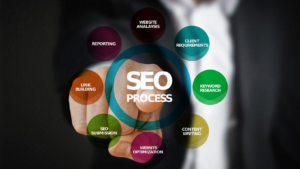What Is Demand Generation VS Lead Generation
Demand generation is a process that helps you to increase the number of leads and sales in your business. On the other hand, lead generation is focused on generating leads for your business.
Demand generation and lead generation are two different processes with different goals. Demand generation focuses on increasing the number of leads for your business, while lead generation focuses on generating leads for your business.
Demand generation increases demand for a product or service by creating awareness and interest in it. The importance of demand generation and lead generation are that they are both important to get new customers.
But their importance depends on different demands, so you have to understand where you have to use them and where not. Now in this article, we will show you the differences between Demand Generation and Lead Generation. So without wasting time, let’s get started.
What are Demand Generation and Lead Generation?
Demand generation is a marketing technique that is focused on increasing awareness of your brand and product, while lead generation is used to collect contact information from potential customers.
Demand generation and lead generation are two different marketing techniques. They both work together to generate leads for a business. Demand generation can be used as an alternative to direct sales or advertising.
Demand generation is a term used in marketing and sales to generate interest in a product or service by creating an awareness of the need for it. This includes activities such as advertising, public relations, direct mail, email marketing, social media marketing, and content marketing.
Lead generation can be used for direct sales or advertising. It is a term used in sales to describe obtaining contact information from potential customers interested in your company’s products or services. This includes activities such as setting up appointments and phone calls to generate sales for your company.
Demand Generation vs. Lead Generation
Demand generation and lead generation are two different processes that come with different goals. This generation focuses on increasing awareness, while lead generation focuses on attracting potential customers to your business.
Demand generation is a marketing strategy that focuses on getting people to purchase a product or service. Lead generation is a marketing strategy that focuses on getting people to provide their contact information.
Demand generation generates demand for a product or service by creating awareness and interest in it. This involves advertising, public relations, and other promotional efforts. It helps you to find, attract, and keep your leads engaged with your brand by providing information about your products or services that they want to know about.
Lead generation is the process of generating leads for your business by capturing contact information from potential customers. This involves direct sales, email campaigns, phone calls, and other forms of communication with potential customers.
Lead generation can also be used as a tool for demand generation, which means that you could use lead generation as a way to generate more demand than you currently have.
How to Identify Which One You Need for Your Business
Companies need two types of content – demand generation and lead generation. Demand generation is used to get people’s attention and persuade them to buy a product or service. In contrast, lead generation is used to generate leads so that the company can follow up with them later on.
We all know that the demand for content marketing is growing rapidly. The question is how to identify what type of content you need for your business.
Demand Generation and Lead Generation are needed to apply in different staff, so see included opportunities and identify which one will be useful for you.
Demand Generation: These are the type of content that you need when you want to get people to take action on your website or app. This is usually done through email marketing, but social media can also do this. Also, these tools are used to generate leads for your business by using a variety of strategies like email outreach, social media, content marketing, etc.
Lead Generation: This type of content you need when you want to bring in new leads for your business, especially if it is a B2-B business. This can be done through a blog post or an article on your website. On the other hand, lead generation content focuses on generating leads, and demand generation focuses on driving website traffic.
What Are The Best Demand Generating Tools in the Market?
Demand generation is a marketing technique that is used to generate leads and sales. It can be done by using various tools. The best demand-generating software in the market are the ones that have a wide range of features, are easy to use, and provide high conversion rates. Demand generation software can be used for lead generation, customer acquisition, and customer retention.
There are many demand-generating tools in the market, but it can be challenging to choose the best one. This is because demand generation is a complex process. It would be best if you considered your business type and industry and your target audience and goals.
The best demand-generating software is one that has been able to provide the best customer experience. It should be able to generate leads and close sales with ease and without any hassle on the user’s part.
What are the Best Ways to Make a Connection with a Prospect?
A salesperson needs to know how to make a connection with their prospects. They need to be able to connect with them on a personal level. Here are some tips on how you can connect with your prospects.
There are many ways to make a connection with prospects. The best way to connect with prospects is by using the power of your voice. There are three ways you can use your voice to make a connection with prospects:
– Pitching through your tone: This is when you pitch the company and position yourself as someone who can help them achieve their goals and solve their problems.
– Pitching through your words: This is when you pitch yourself as someone who has the skill set that they need, and then tell them how they can benefit from it.
– Pitching by asking questions: This is when you ask questions that help them understand what they need, such as “What do you want?” or “How can I help?”
How to Optimize Your Demand Gen Efforts for Better Results
Your demand gen efforts need to be optimized for better results. This is because the demand gen process is a crucial element of marketing. Demand Gen is a marketing strategy that uses online advertising and social media to generate demand for a product or service. Demand Gen can help companies to increase sales and reach their target audience.
To optimize your demand gen efforts, you should use the best practices to ensure that you are getting the best results.
Here are some of the things that you should consider when optimizing your demand gen efforts:
– Make sure that your ads are relevant and show up in places where people will see them.
– Make sure that your content is engaging and interesting.
– Make sure that you have a clear call to action so people can take advantage of it.
FAQ
Question: What is meant by demand generation?
Answer: Known as demand generation, it is a data-driven marketing program that uses the inbound methodology to generate awareness and interest throughout the buyer and customer lifecycle. Demand generation is primarily concerned with generating revenue, and it is most effective when conducted through an integrated technology stack.
Question: Is demand generation the same as marketing?
Answer: Growth marketing is concerned with the complete buyer experience, whereas demand generation is concerned with a specific section of the buyer journey: driving traffic, nurturing leads, and finally passing quality leads on to sales to close.
Question: Is inbound marketing the same as lead generation?
Answer: Inbound marketing is concerned with techniques that generate leads from within the organization. However, inbound marketing goes beyond lead creation to nurture the leads that have been attracted to your business. Once you’ve obtained someone’s contact information, you’ll have a lead that you can be confident will be interested in your products or services.
Question: What is difference between inbound leads and outbound leads?
Answer: When leads contact you directly or through referral channels, they are known as inbound leads. Maybe someone heard about you through social media, or maybe they read something you wrote and were referred to you by a friend or coworker. Leads are generated by proactive, direct contact that is initiated by the business owner.
Conclusion
We hope you have understood what we are trying to make differences between Demand Generation and Lead Generation. Demand generation is a marketing strategy that focuses on converting visitors into leads and leads into customers. Lead generation is a marketing strategy that focuses on converting website visitors to contacts or subscribers by capturing their contact information or email address. Generating leads can be done through content, social media, email, webinars, and more.




